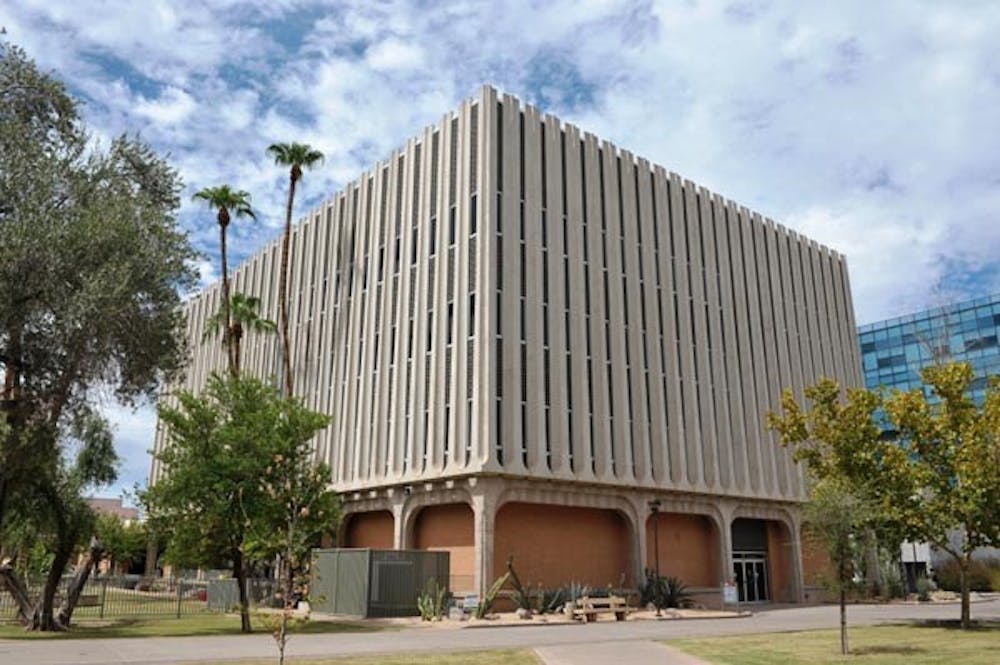ASU’s Teach for America program recently partnered with a new education project, which intends to help recruit more student-teachers. However, two opposing studies question the actual effectiveness of the program.
The Teach for America program, created in 1990 in order to provide low-income areas with teachers, has established a partnership with ASU through the recently created Sanford Education Project.
The Sanford Education project supports teacher development and Teach for America recruitment.
Recently opposing studies have attempted to define the pros and cons of Teach for America.
A study released in June called “Teach for America: A Review of the Evidence,” found the program has high rates of turnover among members after they complete the two-year program, as well as doing little to impact student improvement.
The study collected data from 1999 to 2007.
The study was conducted by professors at the University of Texas at Austin and California State University at Sacramento for the Education and the Public Interest Center.
Teach for America recruits recent college graduates with any type of bachelor’s degree to commit to teaching for two years in low-income areas. Each recruit is given six weeks of training, and during the two years is compensated comparably to that of first-year teachers.
The study found that “students of novice Teach for America teachers perform significantly less well in reading and mathematics than those of credentialed beginning teachers,” and that more than half of Teach for America teachers leave after two years.
Lorraine Anderson, managing director of regional communication at Teach for America, states the turnover rates as different.
“We’re seeing that 61 percent of our corps members are continuing teaching for a third year,” she said.
Anderson cites a 2008 study by Harvard’s Project on the Next Generation of Teachers, which also found that 65 percent of Teach for America’s 20,000 alumni remain in education.
Anderson said the EPIC study is inaccurate because the information presented in the study is a conglomeration of old information, and does not accurately represent current trends.
In January of this year, ASU established the Sanford Education Project with an $18.85 million gift from philanthropist T. Denny Sanford.
The Sanford Education Project partners with Teach for American to ASU in order to better prepare and support students and recruit students into the program, said Andrea Stouder, executive director of the Sanford Education Project at ASU.
“We at ASU believe Teach for America is doing something right,” Stouder said.
The intent of the collaboration is to make sure teachers, called corps members, are prepared for their two-year teaching assignments, Anderson said.
By continually working with each district to evaluate local needs, Teach for America is able to supply teachers where they are needed most, Anderson said, adding that for Arizona they are primarily being placed in Phoenix school districts right now.
For ASU alumnus and current Teach for America corps member Nicholas Oviedo, the program has proven to be life-changing.
After graduating in 2006 from the Walter Cronkite School of Journalism and Mass Communication, Oviedo said he spent three years pursuing fields within his major, working at Fox Sports Arizona for about two years, before beginning to look for something that would be more fulfilling, he said.
After seeing the students in his sister’s kindergarten class, who teaches within the Phoenix Unified School District, Oviedo said he was hooked to the idea of teaching.
“I wasn’t sure where I was going to be after two years in the program,” Oviedo said. “I think just seeing the impact I’m making and seeing how much these students really can grow … that they can make such strides is really inspiring.”
Oviedo is in his second year of the Teach for America program, teaching special education at the Amy Houston Academy in Phoenix and he said he plans to stay on for a third year.
He said he’s already seen improvement in some of his students. During his first year, none of his students passed Arizona’s Instrument to Measure Standards, or AIMS. After one year of teaching, two of his six students were able to pass, he said.
He is also in the second year of a special education master’s program in the Mary Lou Fulton Teachers College, and plans to graduate in May 2011 with hopes of one day becoming a school principal.
In response to the competing studies, which show the program in both positive and negative lights, Oviedo cites his personal experience as reason for his support of the program.
“I definitely read the same stories that everybody else sees, you know the positive ones and the negative ones,” he said. “And I just think that for me … this totally changed my life and my career path. And I think that was definitely for the good.”
Reach the reporter at anatwood@asu.edu





